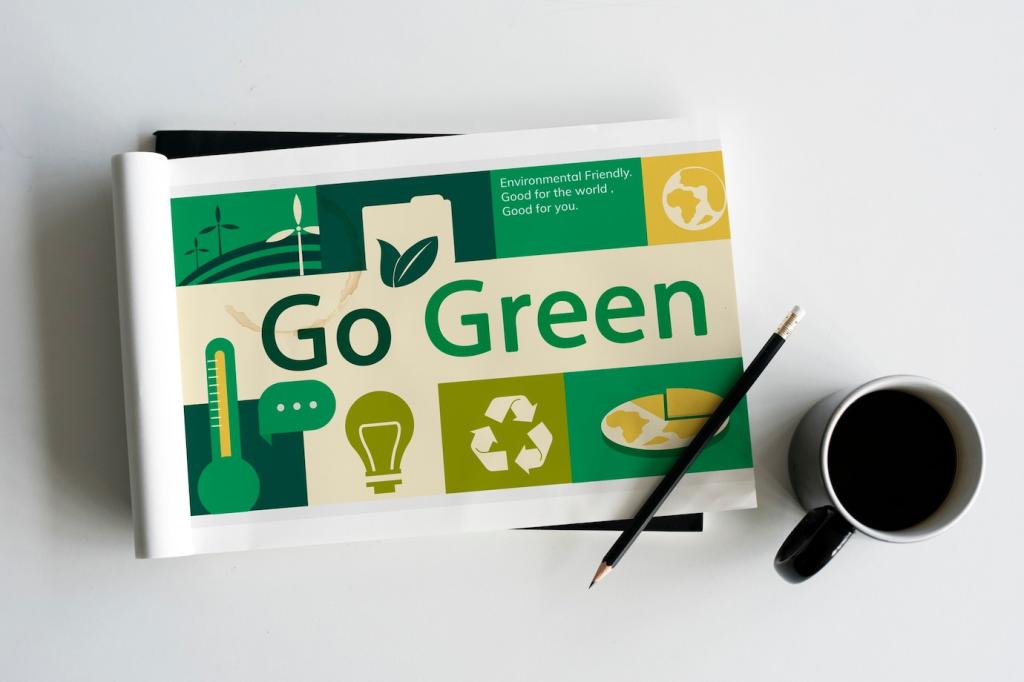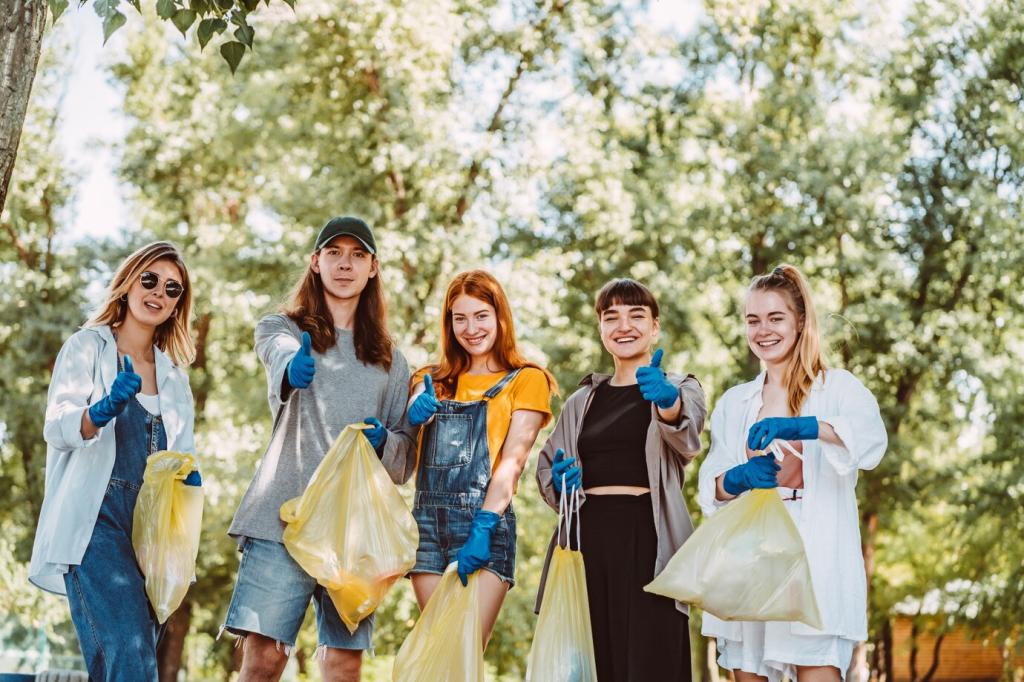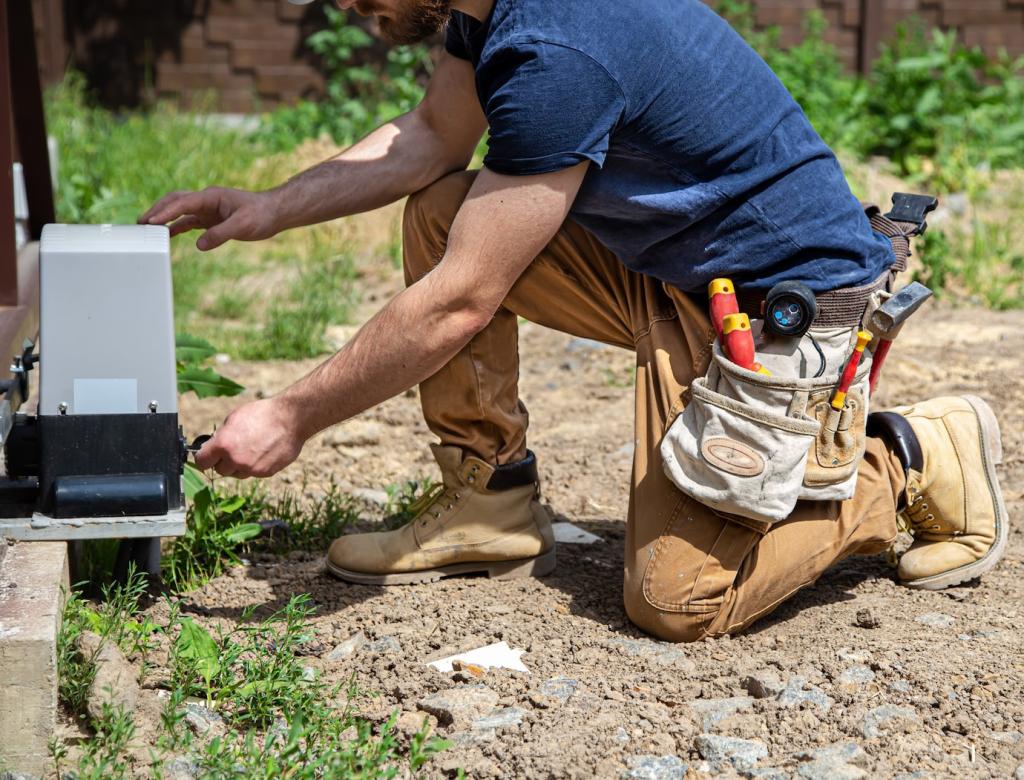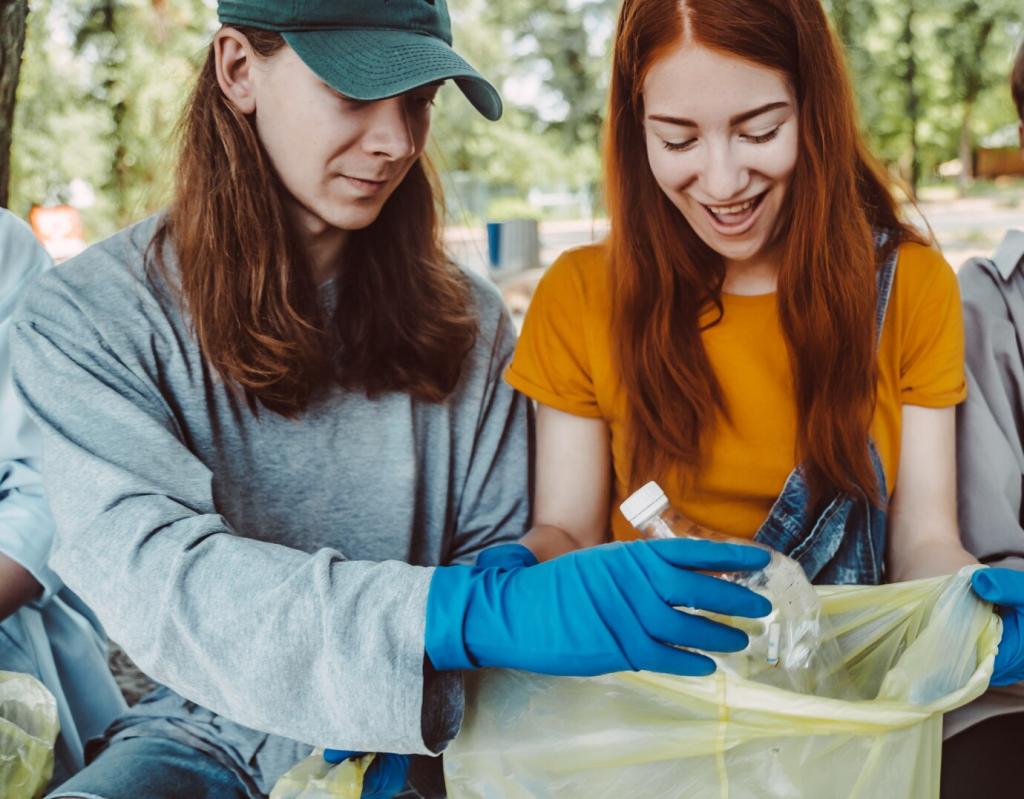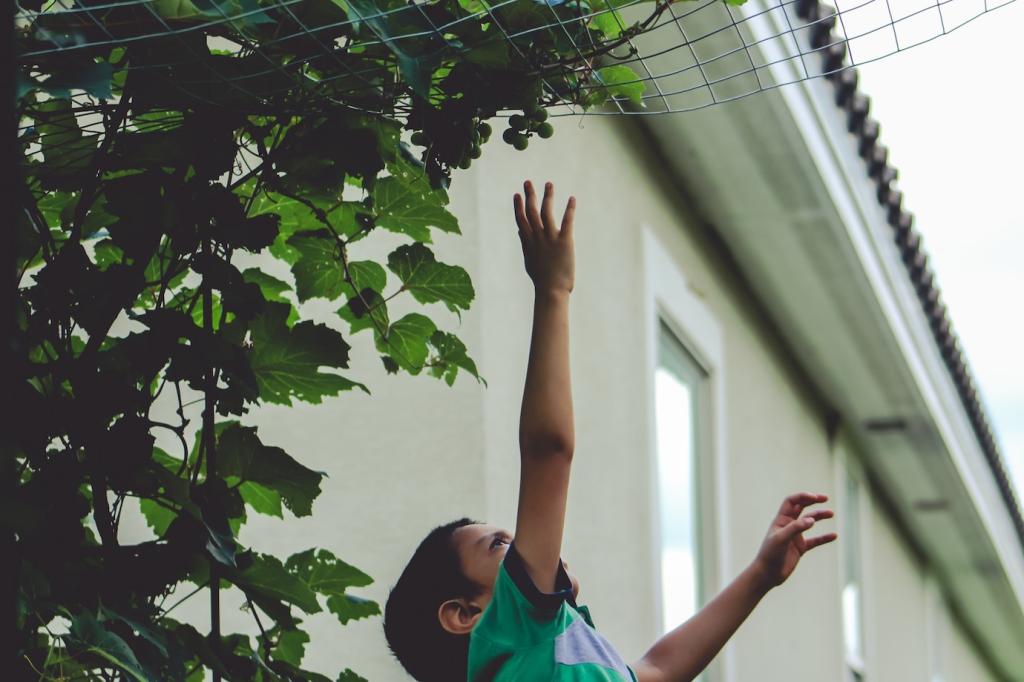What Chemical-Free Fabric Protectors Really Mean
Chemical-free fabric protectors avoid harsh synthetics like PFAS, formaldehyde resins, and isocyanates, focusing instead on water-based carriers and gentle, plant- or mineral-derived ingredients. Look for simple labels, clear safety data, and explicit exclusion of controversial substances. Tell us what claims you trust.
What Chemical-Free Fabric Protectors Really Mean
Instead of slippery fluorocarbons, natural wax micro-layers and silica create a subtle texture that lifts droplets away from fiber surfaces. The result is improved beading on cotton, linen, and canvas without plastic-like stiffness. Curious about performance on your fabrics? Share your tests and observations.


